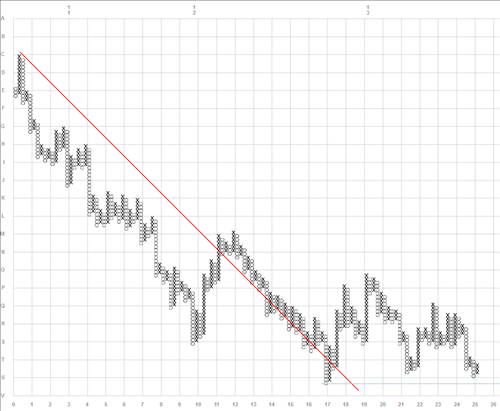Most MSCI Europe banks declined today, in the wake of the release of the European Banking Association's release of its 'transparency exercise' results (details
here):

The survey, completed by 63 banks across Europe, did not include a stress test component; it was, however, designed to provide information on the banks' capital positions, the composition of their risk weighted assets, exposures to sovereigns, credit risk, market risk, and loan to value of portfolios. Most of these variables have shown some improvement over the last few years.
However, as individual countries' finance ministers continue to struggle in negotiations over a pan-European bank resolution mechanism, stocks remain in generally weak trends that look something like this:

While many have stopped declining relative to the MSCI World Index, they have yet to find the strength to outperform.



























































